Secure your property with expert Roofing Services in Mortlake—your first defence against leaks, damp, and everyday energy loss. Serving London and the Home Counties (Kent, Surrey, West Sussex, Berkshire), our accredited team delivers every project with full compliance, care, and performance, ensuring your investment stands strong for years.
With decades of experience, Which Trusted Trader and CITB approvals, and premium suppliers like Welsh Slate, ALM Lead, and Kemper, we guarantee work you can trust. Book a free survey today and protect your property.

Neglecting roofing issues—such as leaks, damp, or poor insulation—leads to escalating repairs, rising energy costs, and hidden structural damage. Every delay compounds both risk and cost for homeowners, landlords, and businesses in Mortlake.

Professional Roofing Services in Mortlake stop these risks at the source, safeguarding your building with compliant weatherproofing, advanced insulation, and stress-free regulatory cover. Whether you’re shielding a family home, protecting a business, or maintaining a heritage asset, proactive roofing brings peace of mind and stronger long-term value.
Roofing Services in Mortlake covers everything from new installations to urgent repairs, upgrades, and heritage restorations for homes, businesses, and listed properties. Expect durable results, up-to-date Building Regulation compliance, and quality materials—for every roof, every time. Each solution is tailored, safe, and delivered with long-lasting results.
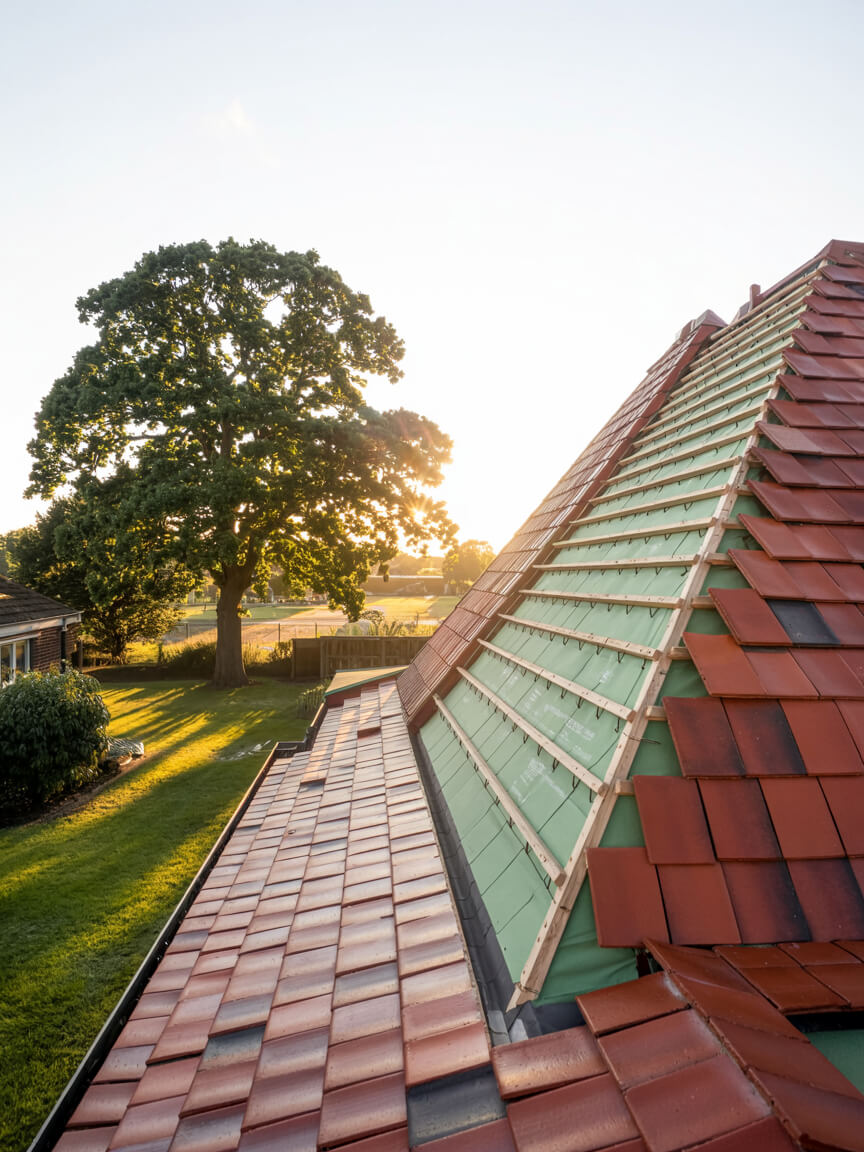
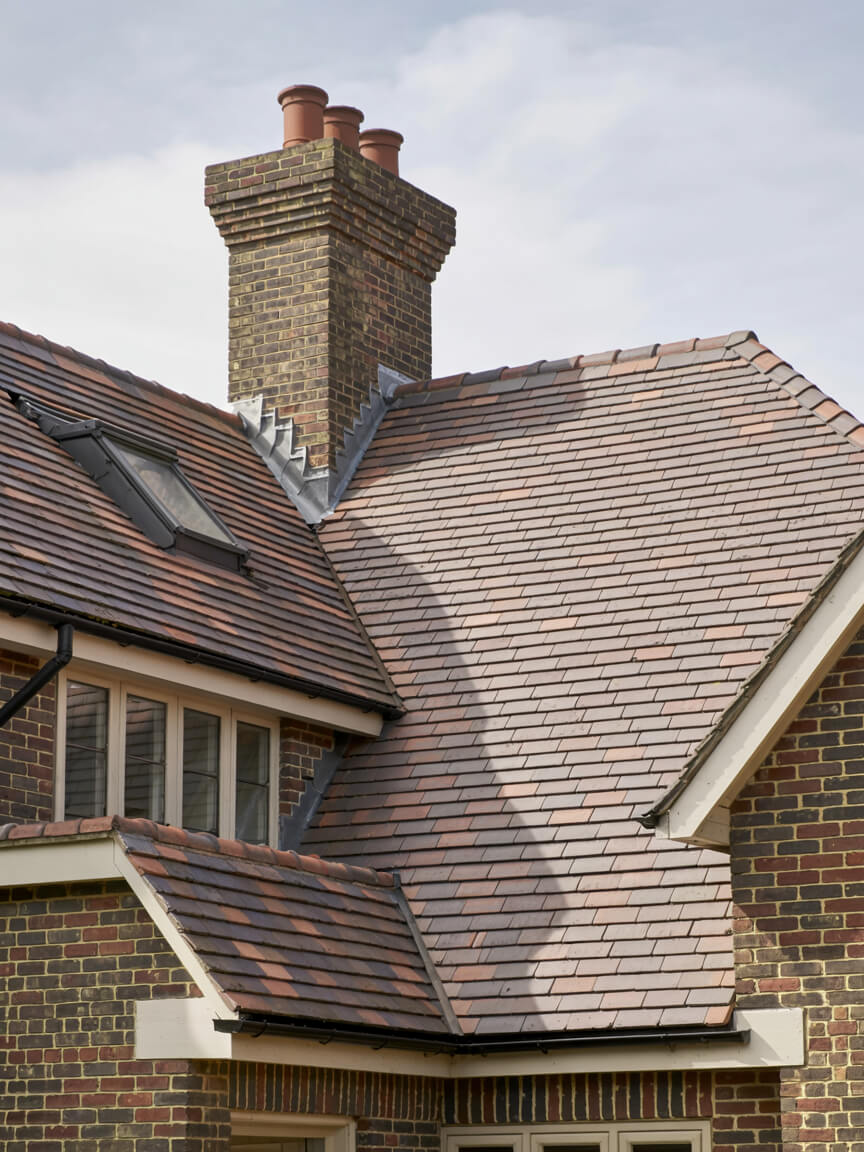
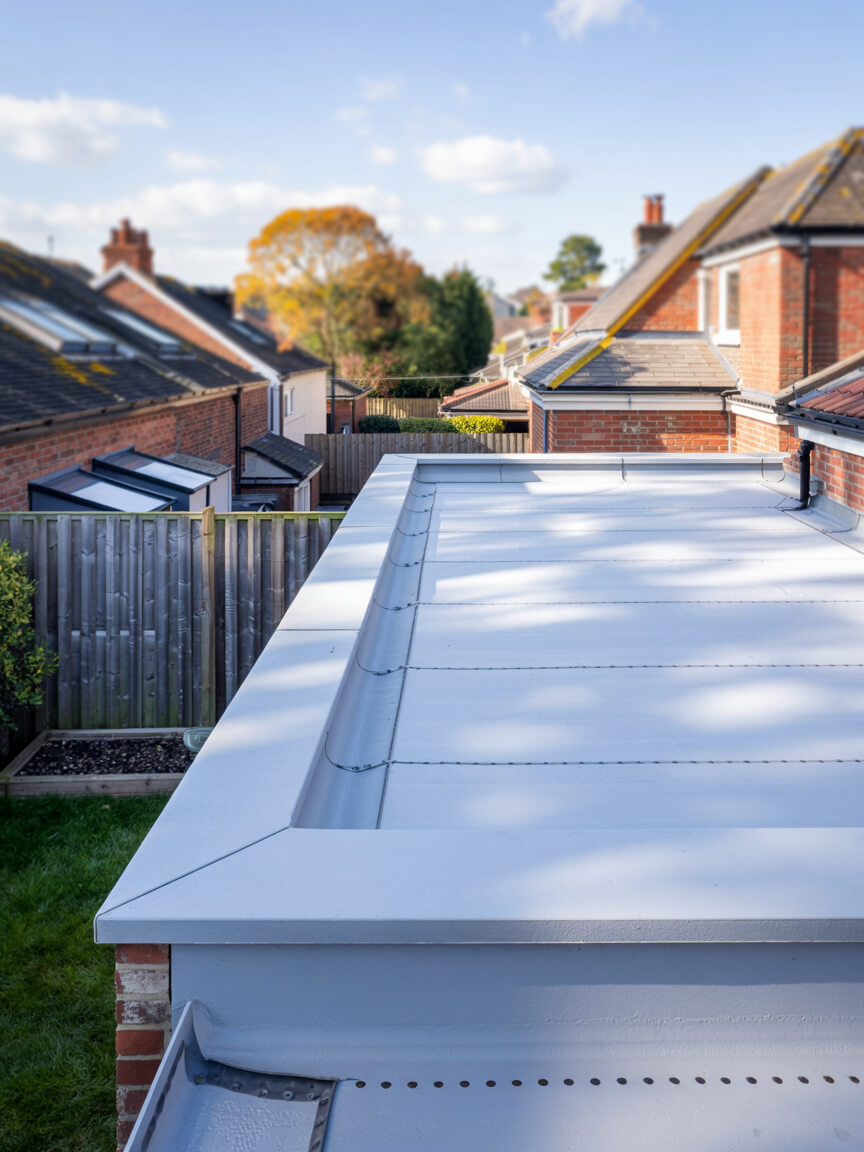
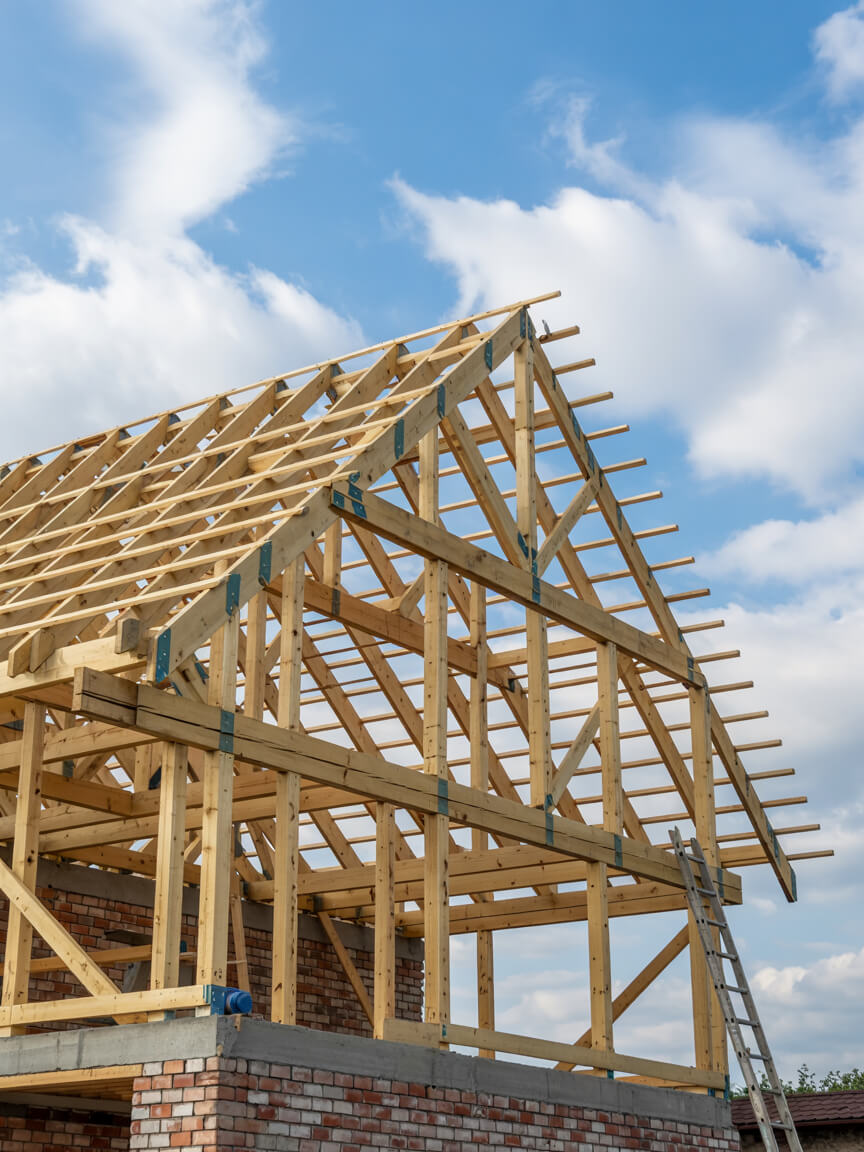
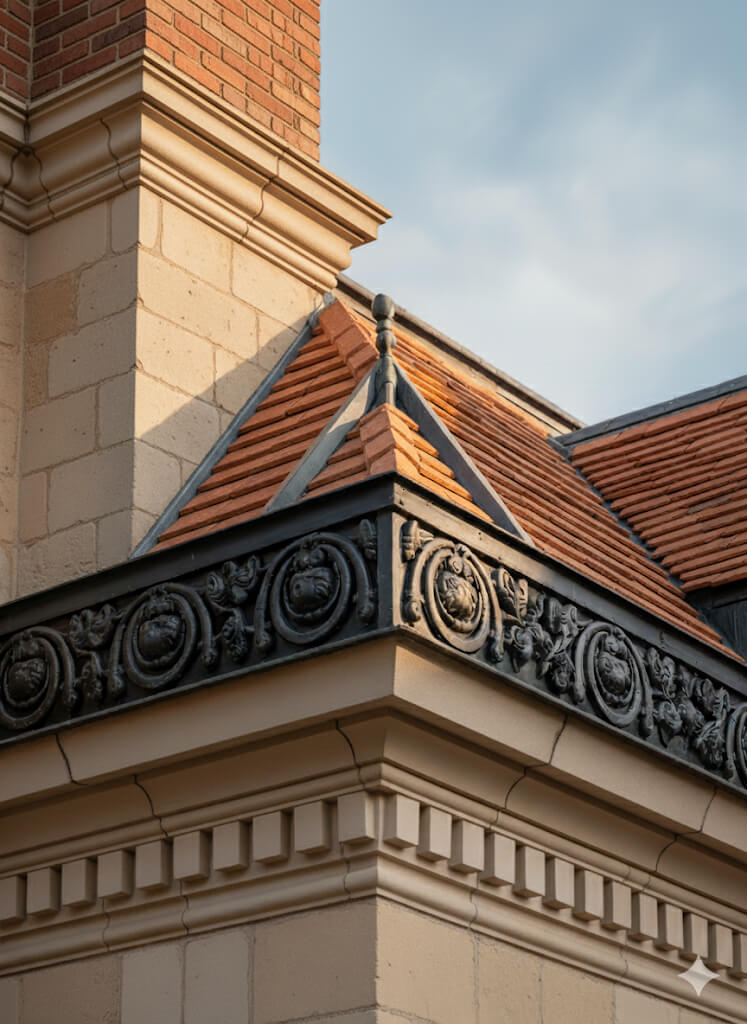
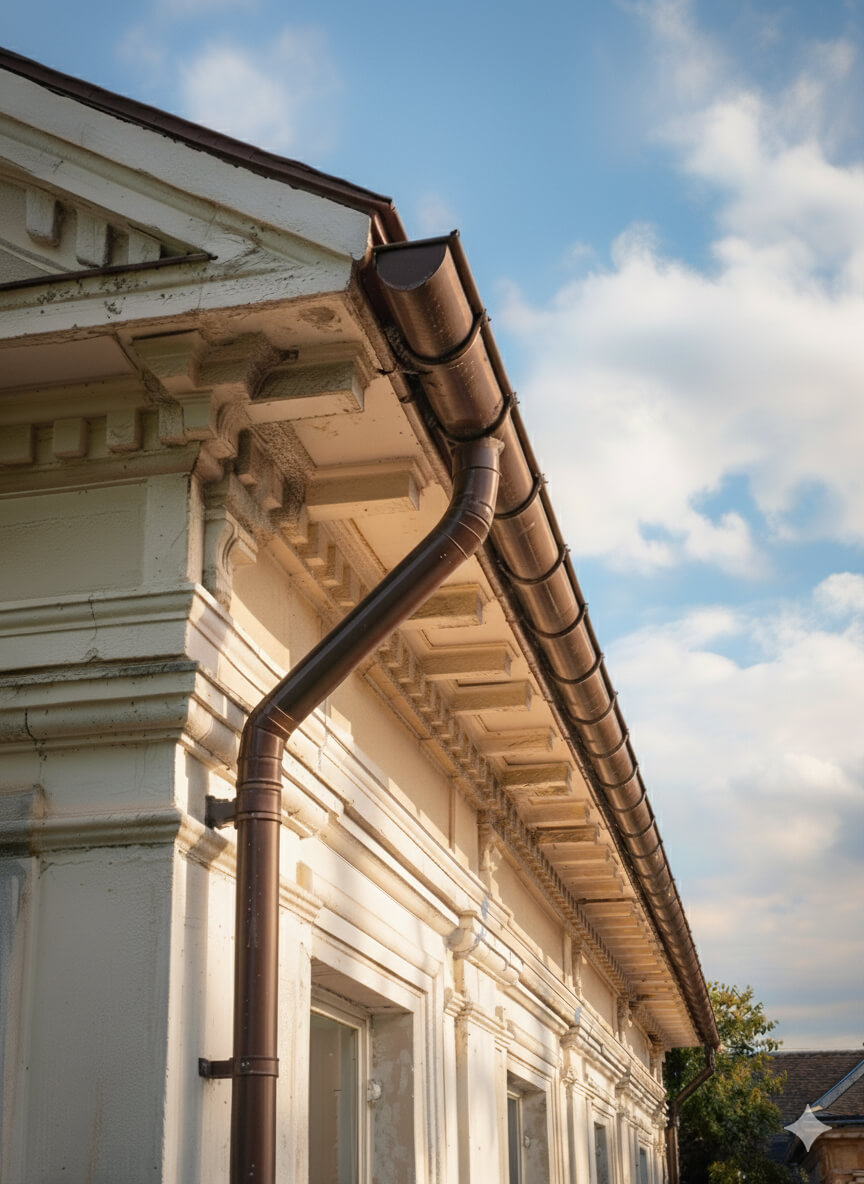

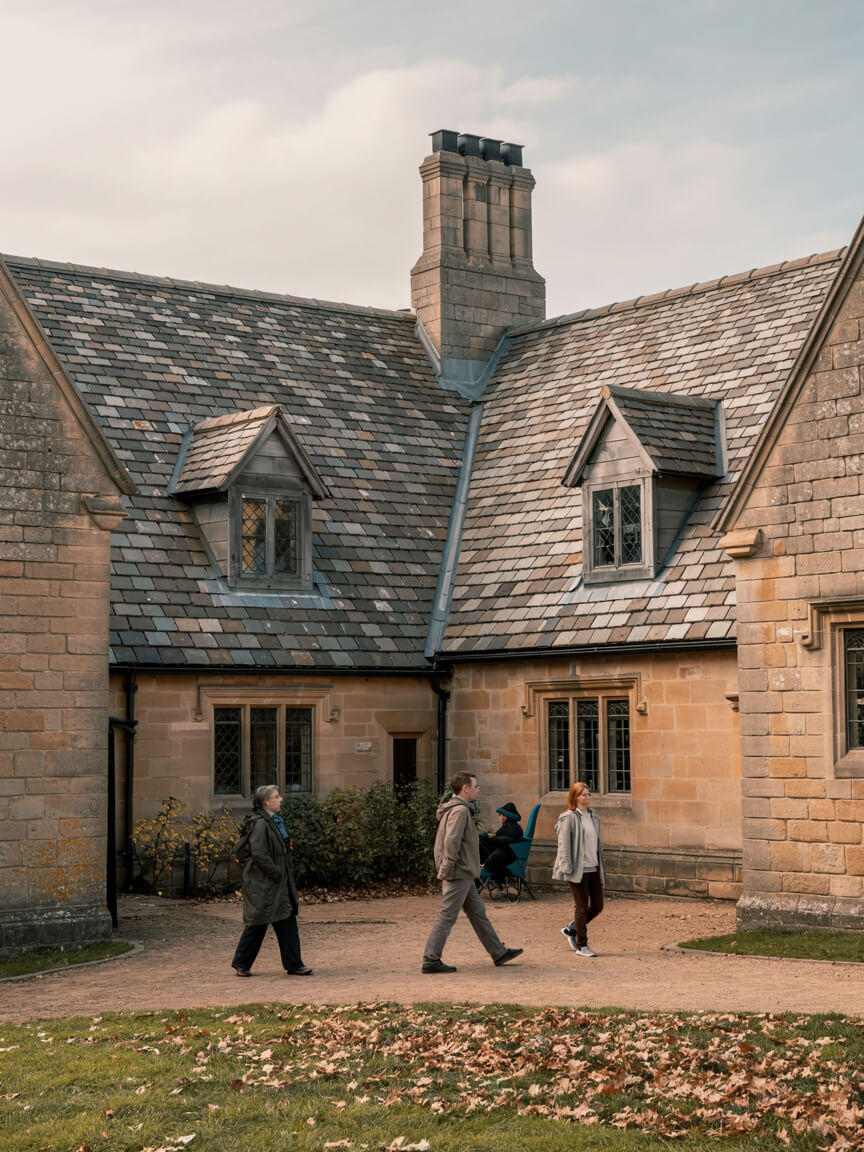
Every Roofing Services in Mortlake project is adapted to property type, roof structure, and environmental demands. Tailoring ensures compliance with regulations, minimises disruption, and maximises long-term value. From homes and businesses to industrial sites and listed heritage buildings, our flexible approach guarantees roofing solutions that meet unique needs while delivering safety, efficiency, and reliability.
Homes, extensions, and listed buildings.
Offices, retail, schools, and hospitality.
Warehouses, factories, and logistics sites.
Every Roofing Services in Mortlake project follows proven steps with quality materials. Whether a new installation, upgrade, or repair, each layer adds durability, safety, and efficiency—tailored to protect your property and meet regulatory standards.
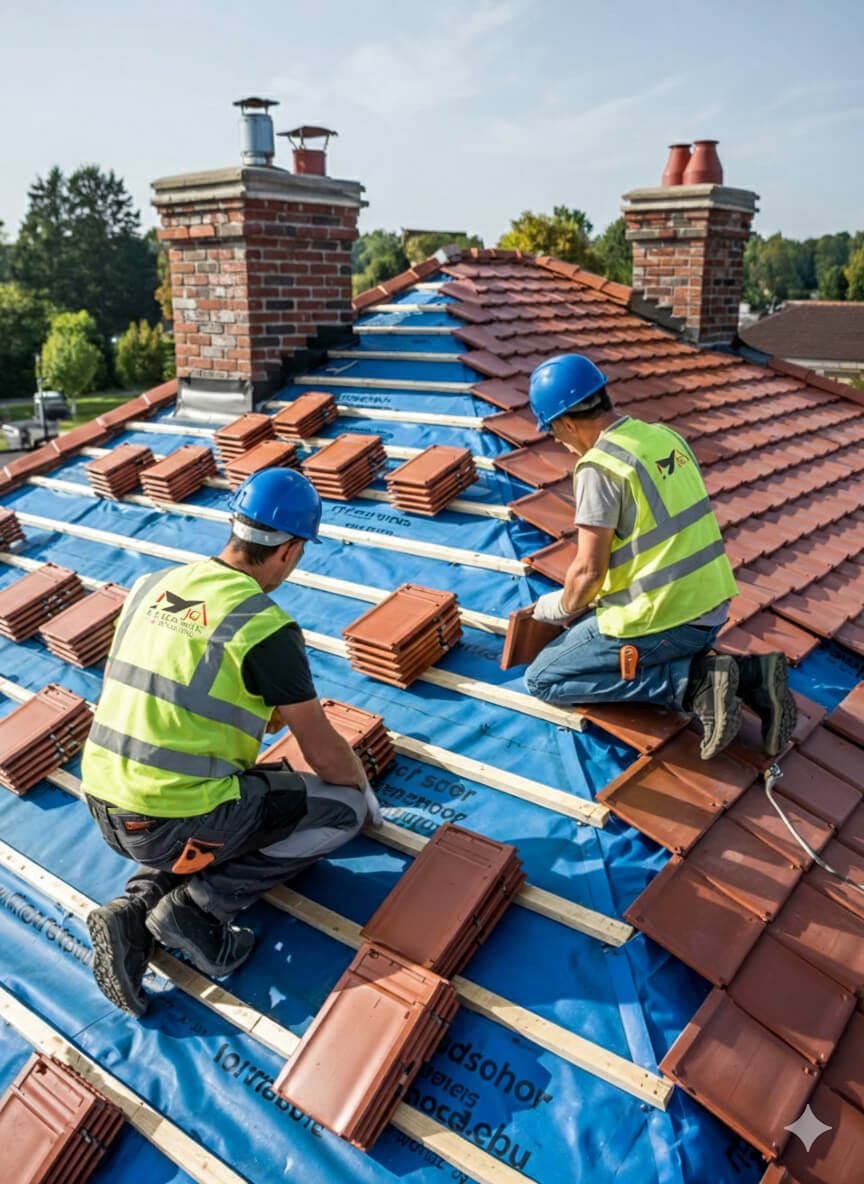
Get a free, no-obligation quote today.
Our experts are standing by to help you choose the perfect flat roofing solution.
⏱ Response within 24 hours guaranteed
Accredited by Which Trusted Trader, CITB, and approved by Kemper and Westwood, our team delivers safe, compliant, and warranty-protected Roofing Services in Mortlake projects. These credentials mean guaranteed standards and long-term assurance—reinforced by the positive client reviews that consistently highlight quality, professionalism, and trust.


Complete reroofing. Living in Singapore at the time and T was super responsive and communicative.
Replacement of lead box gutter and new flashing to parapet wall. I had an excellent experience using James and the team. He was very prompt in all aspects of communication and completed a first class job. Really pleased.
James completed some repairs on our roof and replaced some of our pebble dash by the roof as well. He was very thorough and fixed everything. He kept us really informed by taking photos and showing us what he did and keeping us updated. It also went onto our neighbours roof and he did the same fo...
We had a leak in our bedroom and James fixed the roof for us to stop it from leaking. All the work came with a warranty. The work that was carried out was good. James and his team were polite, and did all the work quickly and without too much interruption to our day-to-day lives. Would recommend ...
J G Leadworks have repaired and replaced the roofs and gulleys over our warehouse and workshops which have meant both areas are now watertight
James and team were incredibly responsive to my request to look at a serious leak issue on my flat roof. They did a very thorough investigation and explained in detail the issue and gave a fair quote. They were quick to book in and complete the work and have checked in afterwards a few times to m...
James was quick to respond to the initial contact and was able to work around some time constraints I had. He explained what needed doing clearly and was happy to answer follow up questions. He took pictures to show each stage and I feel confident in the work that was done by James and the team. ...
JG Roofing were very easy to work with. Their quote was sensible and they stuck to that figure. They completed many repairs to my roof including, rebuilding a leaded gutter, reinforcing rotten rafters, rebuilding a long felted gutter and felting parapet walls, resurfacing and felting a flat roof,...
Planning and legal checks protect clients from costly errors, delays, and non-compliance, ensuring roofing projects meet regulatory and safety requirements.
Permission is typically required for listed properties, conservation areas, or major roof alterations. All projects must also satisfy Building Regulations, including Part A (structural safety) and Part L (energy efficiency), ensuring compliant and future-proofed installations.
Our team manages the full process, from initial surveys to legal guidance, preparing documentation, and liaising with local authorities where needed. Whether working on modern homes or heritage sites, we ensure every project is delivered legally, safely, and with minimal disruption—providing complete reassurance and peace of mind to property owners.

Every project unites skilled workmanship with rigorously tested materials.
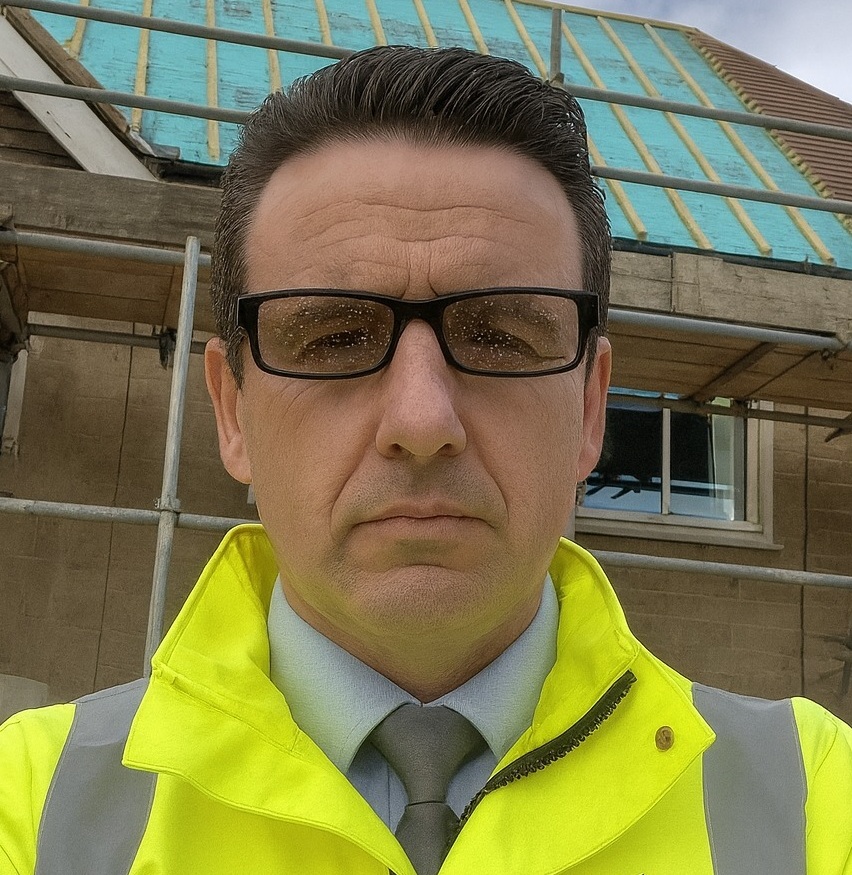
With 25 years of experience in lead sheet roofing, James is a trusted expert in heritage roofing, slate, and tiling. His knowledge of traditional methods, paired with modern compliance, makes him a go-to specialist for projects that demand both craftsmanship and durability.
Roofing Services in Mortlake provides lasting protection, efficiency, and value, delivering durable, compliant roofing solutions that safeguard every type of property investment.
Selecting Roofing Services in Mortlake involves balancing durability, budget, compliance, and aesthetics to secure the best-fit roofing solution for your property.
Why Clients Choose JG Leadwork and Roofing
With decades of trade experience, our teams understand the unique demands of London and Home Counties roofing. From heritage-listed properties to contemporary extensions, we adapt solutions to local regulations, weather conditions, and architectural styles with precision.
Accredited by Which Trusted Trader, CITB, and approved by Kemper, Westwood, IKO, ALM, and other leading suppliers.
These credentials guarantee safety, compliance, and access to manufacturer-backed warranties, giving clients peace of mind that their project meets the highest professional standards and benefits from warranty protection.
Our heritage projects use Welsh Slate and handmade clay tiles for authenticity, while leadwork is delivered to Lead Sheet Association (LSA) standards. Commercial installations employ Kemper and Westwood liquid systems for durability and efficiency. Each example demonstrates our reliability, blending traditional craftsmanship with modern performance.
Our workforce includes skilled roofers, heritage specialists, and safety-certified installers.
Every roofer holds NVQs, receives ongoing CPD training, and is qualified in both modern flat systems and traditional techniques, including slate and leadwork.
Team structure ensures projects run smoothly—surveyors identify needs, installers deliver with precision, and supervisors oversee compliance. This approach minimises disruption, accelerates timelines, and guarantees consistent quality across residential, commercial, and industrial roofing projects.
Every project is regulation-compliant, warranty-backed, and focused on long-term results.
Client testimonials and case studies confirm our track record, with projects praised for professionalism, durability, and customer support.
We go beyond installation with aftercare packages, maintenance support, and open communication at every stage. Property owners gain reassurance that JG Leadwork and Roofing stands behind its work. Book a free survey today and discover why homeowners, landlords, and businesses trust us with their roofing.

Get a free quote, rapid response, and expert service across London and the Home Counties. Contacting JG Leadwork and Roofing is your simple first step to dependable roofing solutions.
We source materials from leading suppliers including Supreme and IKO felt systems, Kemper, Westwood and Proteus liquid systems, Welsh Slate, handmade clay tiles, ALM Lead Mills, and Nicholson Air Track. These trusted brands guarantee durability, compliance, and warranty-backed performance across flat, pitched, heritage, and commercial roofing projects.
.
.
For homes, Roofing Services in Mortlake safeguards comfort and enhances kerb appeal with durable, energy-efficient systems. Whether modern extensions or traditional pitched roofs, tailored solutions improve living standards and protect property value.
For businesses, Roofing Services in Mortlake delivers cost-effective, large-scale installations with minimal disruption. Projects are planned around operations, with safety compliance, energy performance, and flexible scheduling built in—supporting offices, retail, schools, and industrial facilities with reliable, regulation-ready outcomes.
For heritage properties, Roofing Services in Mortlake combines authentic materials such as Welsh slate, handmade clay tiles, and ALM lead with skilled conservation techniques. Listed building consent and conservation requirements are fully managed, ensuring traditional character is preserved while integrating modern weatherproofing. This careful balance provides long-term durability without compromising historic integrity or aesthetic value.
JG Leadwork and Roofing delivers Roofing Services in Mortlake across housing, commercial, heritage, and public sectors. Every industry comes with unique requirements, from safety and compliance to efficiency and conservation. Our adaptability ensures projects are delivered with precision and professionalism—whether safeguarding homes, supporting business continuity, preserving history, or protecting critical public and healthcare facilities.
Durable roofing installed with minimal disruption, ensuring safe, regulation-compliant workspaces for staff and visitors.
High-standard, compliance-focused solutions protect community facilities while meeting strict safety and regulatory obligations.
Heavy-duty roofing tailored for wide spans, ventilation, and long-term maintenance efficiency.
Authentic materials and sensitive methods preserve historic character while adding modern protection.
Weatherproof systems that enhance kerb appeal and guarantee uninterrupted trading for outlets.
Tailored roofing improves guest comfort, safety, and ambience across hotels, restaurants, and venues.
Safe, durable systems designed for schools and universities with minimal learning disruption.
Specialist roofing solutions built for hygiene, safety, and regulatory compliance in medical environments.
Our team of NVQ-qualified roofers, LSTA-trained specialists, and health & safety-compliant professionals bring decades of combined experience. Every project is delivered with meticulous attention to detail, ensuring safe practices and consistent quality across flat, pitched, heritage, and commercial roofing disciplines.
Expertise includes heritage leadwork, slate and tile roofing, modern flat systems, and drone-assisted roof surveys. Ongoing CPD training ensures adaptability to both traditional craftsmanship and the latest innovations—giving clients confidence that every roof is built or repaired with proven skill and care.

A thorough survey highlights existing issues, structural considerations, and upgrade opportunities, ensuring the best-fit solution is identified from the very beginning.
Transparent, itemised quotes detail costs, timelines, and materials—giving you complete clarity and confidence before work starts, with no hidden surprises.
Scaffolding, access solutions, and robust safety measures are put in place to safeguard both property and people throughout the project.
Skilled roofers complete the work using accredited materials and proven techniques, delivering durable, compliant results while keeping disruption to a minimum—whether for repairs, replacements, or new installations.
Each stage is inspected against manufacturer standards and Building Regulations, with photographic documentation provided for transparency and peace of mind.
Each stage is inspected against manufacturer standards and Building Regulations, with photographic documentation provided for transparency and peace of mind.
In a competitive roofing market, many providers look the same on paper. JG Leadwork and Roofing stands out through proven expertise, accredited methods, and specialist techniques. Our combination of traditional craftsmanship and modern technology makes us the safer, smarter choice across residential, commercial, industrial, and heritage projects.
In a competitive roofing market, many providers look the same on paper. JG Leadwork and Roofing stands out through proven expertise, accredited methods, and specialist techniques. Our combination of traditional craftsmanship and modern technology makes us the safer, smarter choice across residential, commercial, industrial, and heritage projects.

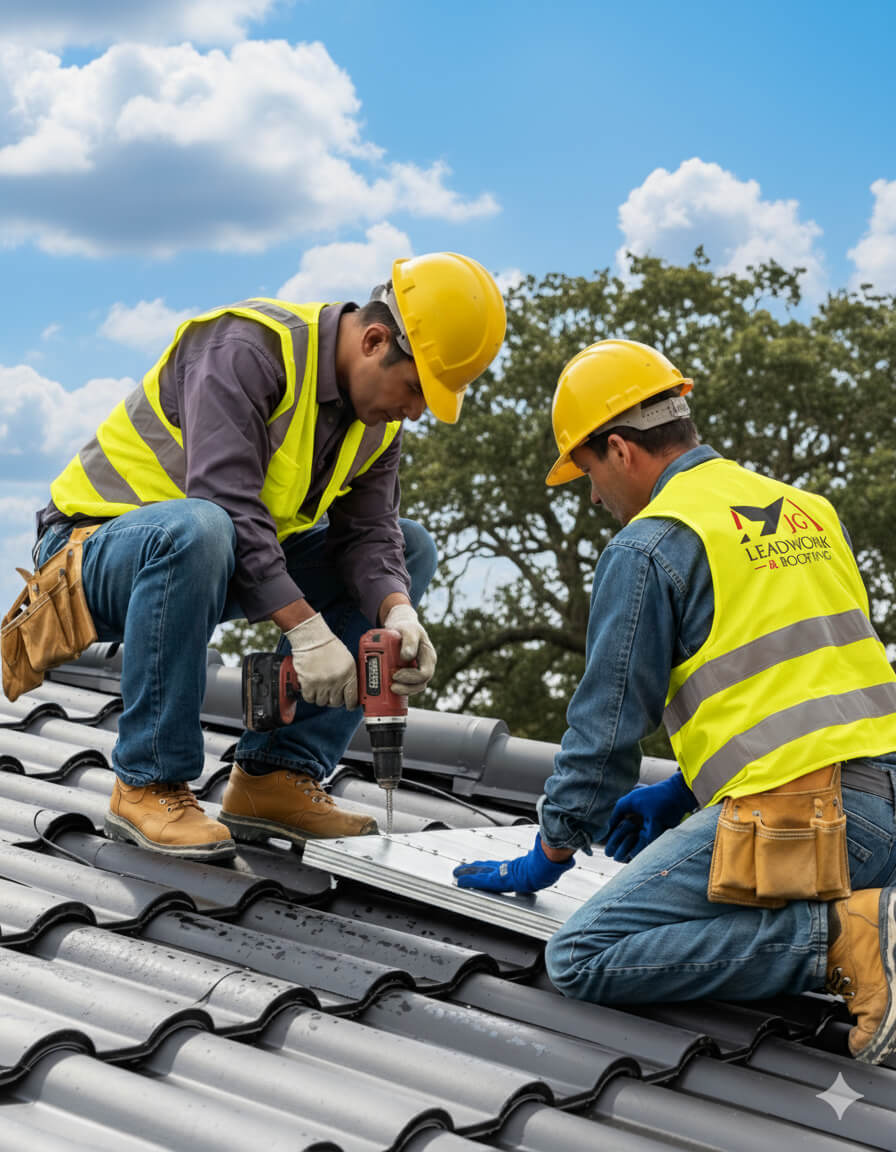
At JG Leadwork and Roofing, every project follows a structured QA process. Each stage—materials, installation, safety, and final sign-off—is measured against manufacturer specifications and UK Building Regulations to ensure durability, compliance, and warranty-backed performance across all roofing services.
Projects are only signed off once all QA checks are complete, giving clients confidence in long-term performance, structural safety, and insurance-backed peace of mind.
Every Roofing Services in Mortlake project by JG Leadwork and Roofing is delivered in strict alignment with UK Building Regulations and recognised frameworks. This ensures structural safety, energy efficiency, durability, and protects warranties and insurance coverage across residential, commercial, industrial, and heritage properties.
Clients can be confident their project is completed legally, safely, and insurance-ready—delivering long-term performance, compliance assurance, and complete peace of mind.
Property owners often wonder about Roofing Services in Mortlake—from costs and timescales to permissions. Below, you’ll find straightforward, trustworthy answers to the most frequent and practical queries.
Leaks appearing after heavy rain are among the most common—and costly—issues faced by property owners in Mortlake. Even modern roofs aren’t immune; UK weather cycles mean driving rain, wind uplift, and the freeze–thaw effect can stress roofing systems beyond their design. Water ingress is more than a nuisance: it can damage plaster, destroy insulation, promote rot in timbers, and—if left unchecked—lead to costly repairs or failed insurance claims. Understanding the true cause of post-rain leaks requires a methodical breakdown of likely weak points and inspection methods.
Over time, roofing materials such as felt (on flat roofs), slates, tiles, or waterproofing membranes lose flexibility and break down due to UV exposure, repeated temperature changes, and general wear. When heavy rain arrives, even hairline cracks can become significant entry points. In pitched roofs, slipped or fractured tiles allow water to pass beneath, especially if the underlay or sarking felt is perished. In flat roofs, blisters or splits in the membrane can open channels. The first symptoms might be brown water marks or damp patches inside, usually along ceilings or upper walls. If not promptly addressed, this damp can migrate—promoting timber decay and even weakening structural elements. In older roofs, torch-on felt often becomes brittle within 20–25 years, as do most budget membranes.
Flashing—thin strips of metal or similar material that seal joints where a roof meets a wall, chimney, or rooflight—is a notorious leak point. Lead flashing, common in Mortlake, can crack or lift during freeze–thaw cycles, especially at the corners or ends where expansion isn’t handled. “Capillary action”—where water is drawn upwards along undersides of flashing or tiles—can sneak water into roof voids even if the flashing appears intact from above. Look for tell-tale signs like damp below chimney breasts, flickering water stains after each rainfall, musty smells near attic hatches, or “rust runs” where metal fixings are corroded. Poorly set pointing (the mortar sealing around flashing) often erodes faster than the metalwork, opening up micro-gaps—especially after storms.
Flat roofs are especially vulnerable to ponding—when water sits on the roof surface for longer than 48 hours. UK guidelines typically require at least 1:80 fall to prevent this, but in practice, roof sagging or compressed insulation often creates low spots. Just 5mm of standing water can, over time, wear membrane seams, hasten UV degradation, and trigger leaks along laps or at internal outlets. On cold pitched roofs, inadequate insulation or blocked ventilation encourages interstitial condensation—moisture forming inside the roof structure as warm, damp air meets cold surfaces. This “hidden” water can mimic leak symptoms, but the mechanism is different: it accelerates rot and undermines fixings, especially in timber-framed properties. British Standards like Part L highlight the importance of proper ventilation, insulation depth, and vapour barriers to address this.
Professional diagnosis commonly combines a visual survey (looking for displaced tiles, split membranes, deteriorated mortar) with technology such as moisture metres, borescope inspection (for hard-to-reach voids), drone imaging (to check otherwise inaccessible flat roofs or high sloped segments), or—on commercial and complex roofs—core sampling for flat systems. Interior cues are just as important: fresh stains after rain appear more sharply outlined and may feel cold or damp to touch. In severe cases, insulation might be waterlogged (noticeable by sagging ceilings or persistent cold patches). Compare:
| Root Cause | Symptom | Risk if Ignored | Indicative Remedy |
|---|---|---|---|
| Deteriorated membrane | Ceiling damp/patches | Rot, mould, collapse | Renew/overlay with new system |
| Failed flashing | Damp below chimney/walls | Internal rot, heat loss | Rebed, reseal or replace |
| Ponding water (flat roof) | Blistering, sag, stains | Accelerated breakdown | Regrade, add outlets |
| Condensation (vent issues) | Cold, persistent damp | Rot, reduced efficiency | Insulate, improve airflow |
Each leak’s root cause is unique to roof design, age, and local exposure. Precise diagnosis protects both building integrity and future insurability in line with UK standards.
When comparing the costs of slate roofing and tile roofing in London, several interrelated factors play a decisive role: the type of material, structural supports required by UK building regulations, labour intensity, and a range of external considerations such as conservation status, local planning rules, property access, and the overall complexity of the job. These elements together shape both the initial outlay and the long-term value for property owners, developers, and architects aiming to remain compliant while achieving their aesthetic, functional, and budget goals.
Every specification has a ripple effect—from first fixings to decades of maintenance.
Natural slate is often regarded as a premium roofing solution, prized for its classic appearance and its proven record of lasting 80 years or more with minimal water absorption—an asset in London’s damp climate. However, this quality comes at a price: the cost of slate materials frequently runs £50–£100 per square metre or higher, compared to £25–£40 per square metre for standard concrete tiles, with clay tiles often sitting in between or at the upper end. Synthetic slate products can reduce the price gap, but they differ in performance and are not always permitted on historic or listed properties where authenticity is required.
Tiles—whether concrete or clay—offer versatility, competitive pricing, and a range of appearances that can approximate the look of slate or traditional shingle. They are easier to source, thus often reducing wait times and costs. Installation also differs: proper slate roofs require individual nailing (sometimes double-lap for wind resistance), while most interlocking tiles use fewer fixings, streamlining the build.
Quick comparison:
All pitched roofing work involving slate or tile in the UK must comply with BS 5534—the standard that dictates method, fixing, and performance criteria for these roofs. Natural slate’s weight and variable thickness often mean that a roof originally designed for lightweight concrete tiles may need upgraded rafters, closer batten spacing, or strengthened structural members. Part A of UK Building Regulations governs these structural requirements, meaning material switches can introduce extra timber or engineering costs.
Part L of the regulations concerns energy efficiency: when a re-roof triggers regulatory compliance, improved insulation must be factored in. This can raise the finished roofline, which has implications for listed and conservation properties (sometimes requiring thinner or specific insulation products to satisfy both thermal and heritage objectives).
Key takeaways:
Choice of material isn’t just a style decision—it’s a technical contract with your building’s integrity.
Many areas around London are subject to conservation status or local planning controls that may legally require like-for-like replacement (for example, Welsh slate on a period home, or matching handmade clay tiles). This can override budget-focused choices. Even outside protected areas, councils may impose visual harmony rules, especially in streets of historic character.
Physical site considerations matter just as much. Roofs with steep slopes, multiple valleys, or complex geometry require more time and skill, raising labour and waste costs. Tight urban sites, particularly in central and south-west London, often demand extensive scaffolding or specialised hoists, further adding to the bill.
Roof orientation and exposure also play a part. Both natural slate and high-quality tiles withstand London’s challenging weather if properly installed, but lower-grade products tend to fail quickly, leading to higher lifecycle costs.
Summary points:
A clear side-by-side view can help clarify where the extra investment in slate may be justified—or where tiles offer better value for the circumstance:
| Factor | Slate Roofing (per m²) | Tile Roofing (per m²) | Why it matters |
|---|---|---|---|
| **Materials** | £50–£100+, premium | £25–£40, mainstream | Material cost drives the biggest gap |
| **Labour** | £40–£60+, specialist | £25–£40, standard | Slate calls for more skilled installers |
| **Compliance (BS5534)** | Custom fixings | Standard fixings | Both compliant, slate is more complex |
| **Lifespan** | 70–100+ years | 40–70 years | Slate usually endures at least twice as long |
| **Planning constraints** | Often strict | Generally flexible | Heritage status may force slate usage |
Decisions should weigh the total installed cost, planning and heritage obligations, property style, and lifecycle value rather than upfront spend alone. Consult a roofer or building surveyor experienced with London properties and the latest standards for guidance that avoids costly missteps.
The true cost of a roof isn’t what you pay upfront—it’s what it saves you or costs you in the decades ahead.
The time needed for a new roof installation in Mortlake depends on property style, selected materials, and project complexity. For most residential properties, replacing a pitched roof generally takes between three and five working days. Flat roofs or intricate heritage restorations can take longer—extending up to two weeks if specialist tasks or planning consents apply. Timely, well-planned installation minimises disruption for homeowners and tenants, ensures building safety by keeping interiors weather-tight, and enables accurate cost forecasting. For landlords, facility managers, and heritage custodians, clear timelines help schedule works with minimal operational or conservation impact. Understanding the key factors shaping installation duration allows for more reliable planning and avoids common headaches.
Standard roof installations in Mortlake progress through several coordinated stages:
Work includes putting up scaffolding, removing old coverings, checking timber and insulation, and final waterproofing or finishing. Factors such as unexpected timber decay, renewing lead flashing, or fitting thermal expansion joints—gaps that allow the roof materials to expand and contract with temperature changes—may add extra days to the schedule.
Several factors can alter how quickly a roof is installed:
Keeping a roof in top condition depends on regular checks and minor repairs:
Proactive attention helps prevent small issues from escalating and protects both warranties and property investment.
Different roofing materials come with varying expected lifespans and maintenance needs. The table below summarises popular UK choices:
| Material | Typical Lifespan | Inspection Frequency | Maintenance Needs |
|---|---|---|---|
| Slate | 80–100 years | Every 5 years | Minimal – replace cracked/slipped slates |
| Clay/Concrete Tile | 50–70 years | Every 3–5 years | Remove moss, check fixings & flashing |
| Felt (torch-on) | 10–20 years | Every 2 years | Patch repairs, renew seals |
| EPDM Rubber | 20–30 years | Every 2–3 years | Inspect seams, clear pooling water |
| Liquid-Applied | 25–40 years | Every 3 years | Check joints, recoat as required |
Consistent inspections and basic upkeep are the best means of safeguarding roof longevity and avoiding unexpected leaks or expensive repairs—especially during Mortlake’s frequent periods of rainfall or freeze–thaw cycles.
A new roof or major repair isn’t just about upgrading looks—it’s a real investment in your property’s value, safety, and future costs. For Mortlake homeowners, transparency around price, warranty, and who actually does the work is critical because these factors determine not just the upfront bill, but also how much you’ll save (or spend) over the coming decades. Whether you’re replacing a leaking slate, budgeting for a flat roof overhaul, or managing multiple properties, understanding the true drivers of roofing costs and protection is how you avoid unwelcome surprises down the line.
The total cost of roofing depends on four main drivers: labour requirements, materials chosen, size and complexity of your property, and the overall scope of repairs versus replacement. Small repairs—like replacing a few tiles or resealing flashing—often fall in the hundreds, but large repairs or full roof replacements require more materials, more skilled tradespeople, and probably scaffolding or access equipment.
| Service Type | Typical Range (UK) | Key Influences |
|---|---|---|
| Roof Repair | £250 – £1,200 | Damage type, access, materials |
| Roof Replacement | £5,000 – £15,000+ | Size, structure, insulation, finish |
A simple repair (patching felt, fixing a slipped slate) will often run from £250–£1,200, driven mainly by access (scaffolding needed), number of tiles/apexes, and whether materials are still in production. By contrast, full roof replacements begin around £5,000–£7,000 for a small house but easily exceed £15,000 for larger properties or premium finishes. Flat roofs tend to be less expensive per square metre than heritage or pitched work due to fewer contours and materials, while any hidden structural rot or poor insulation adds time and cost.
A roofing warranty is your main line of defence against unexpected costs—in particular when it contains an insurance-backed warranty (IBW) that covers you even if the original business closes. Standard coverage for new installations ranges from 10 to 20 years, with some premium systems or heritage materials carrying even longer terms. Typical warranties should clearly spell out coverage for materials (manufacturer defects), workmanship (labour errors, improper installation), and, often, structural performance.
The best protection is a combination of both: a manufacturer’s warranty for materials and an IBW for workmanship. This dual shield ensures you’re not left exposed by hidden defects or premature failures, and it is frequently required for compliance when reselling (meeting Part L energy standards) or when working through home insurance claims following storm damage.
The reliability of any roof largely depends on choosing an accredited installer. Look for qualifications such as NVQ Level 2/3 Roofing Occupations, CITB site safety certificates, or membership in schemes like Which? Trusted Trader, NFRC or the Competent Roofer Scheme. A properly qualified contractor is trained to spot hidden faults, select the right fix, and execute projects so they comply fully with UK Building Regulations.
These accreditations aren’t just formalities—they allow the installer to self-certify compliance, unlock additional material warranties (sometimes extended), and ensure that your project is eligible for insurance-backed guarantees. Regular retraining and independent auditing mean accredited professionals are less likely to make costly mistakes, reducing your risk of failed inspections or voided warranties.
Trying to cut corners to “save” on roofing projects nearly always leads to higher bills later. Common risk areas include re-roofing without replacing rotten timber decking, skipping ventilation (accelerating condensation and decay), or not upgrading insulation to certified standards. Shortcuts like these can void warranties, result in failed snagging reports, cause disputes with insurers, and lead to expensive structural repairs down the line.
Key risks from poor practice:
In short, what may seem like savings upfront usually guarantees much larger costs, headaches, and legal risks in the future if standards, warranties, and installer expertise are compromised.